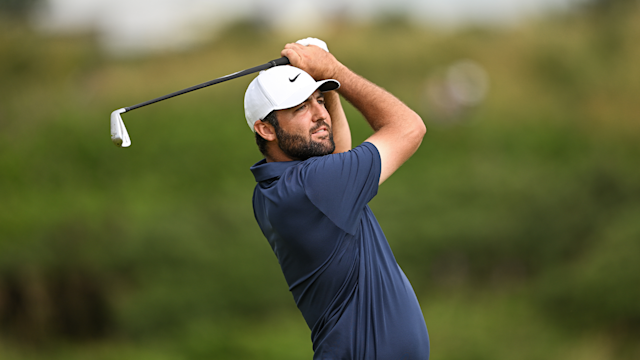quick coaching
Padraig Harrington’s SCH Method: 3 Simple Golf Swing Tips for Speed, Solid Contact & Consistency
By Brendon Elliott, PGA
Published on
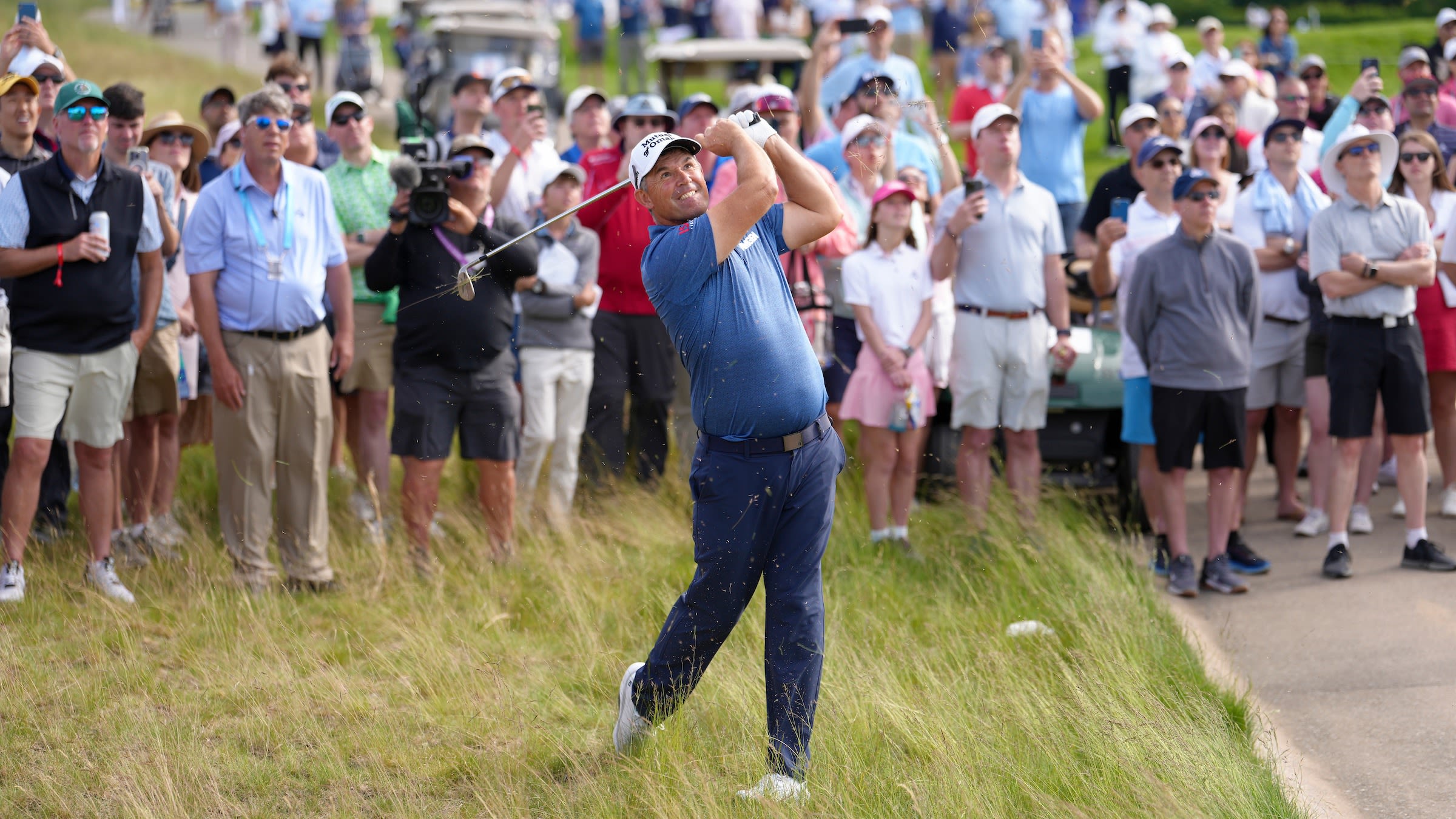
After watching Padraig Harrington claim his second senior major of 2025 at the ISPS HANDA Senior Open at Sunningdale, it's clear the three-time major champion hasn't lost his touch. At 53, the Irishman continues to demonstrate the fundamentals that have made him one of golf's most consistent performers — 11 wins in just 59 starts on the PGA Tour Champions speaks volumes.
Recently, Harrington shared his teaching philosophy on Golf Channel Academy, breaking down what he'd tell any beginner starting the game. Let me walk you through Harrington's "SCH" method — three keys that can transform your game.
The "S" - Swish for Speed and Distance
"The louder that swish, potentially the further the golf ball will go," Harrington explains, and he's absolutely right. Too many amateur golfers become ball-bound, focusing solely on contact rather than developing proper swing speed.
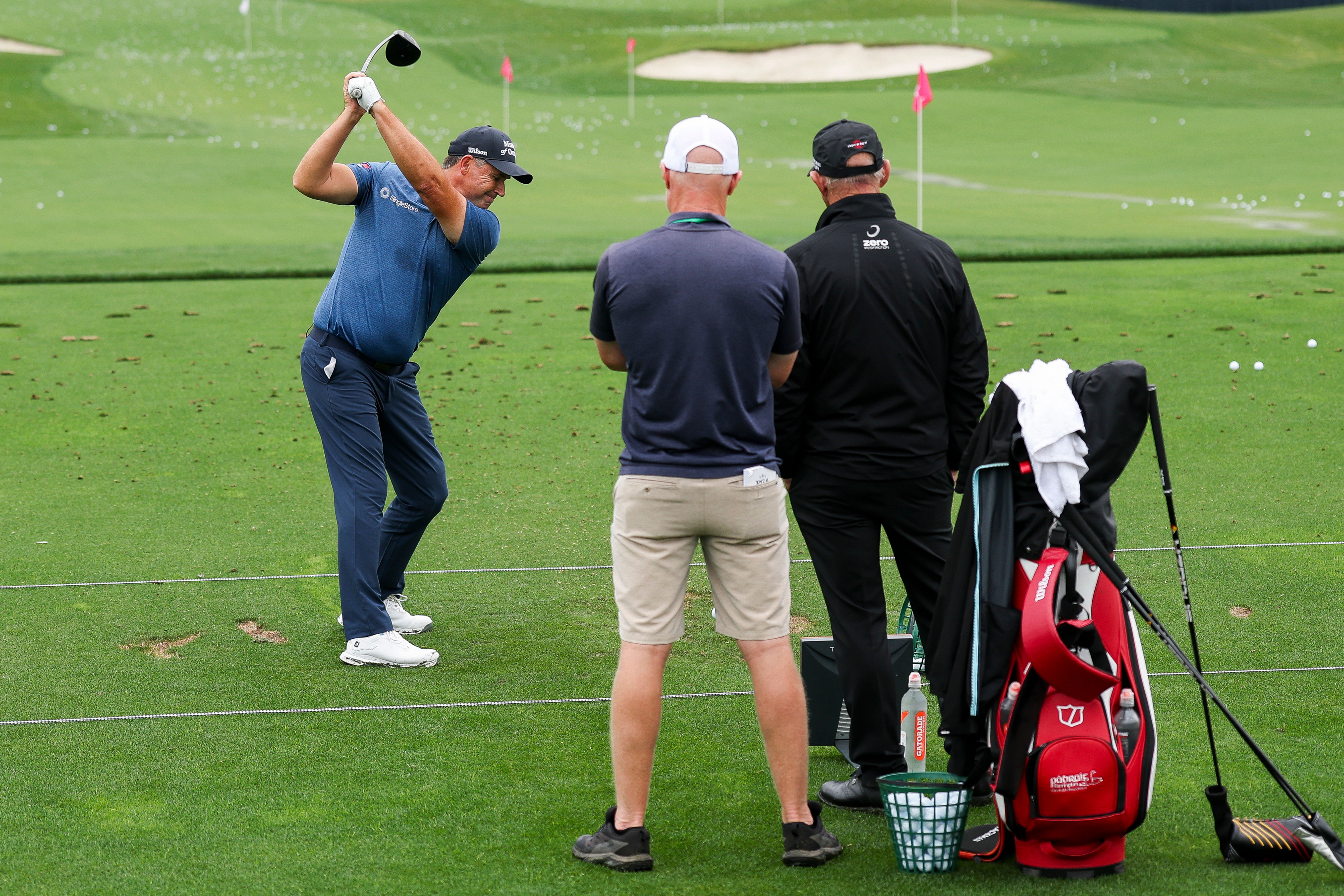
Practice Without a Ball
- Spend 10 minutes before each round making practice swings
- Focus on creating maximum "swoosh" sound through impact
- Use an alignment stick or even a towel for exaggerated feedback
- Remember: speed creates distance, not muscle
My Take: I've seen countless students improve dramatically once they stop trying to steer the ball and start swinging through it. Harrington's emphasis on the swish sound is genius — it naturally encourages proper acceleration and rhythm.
The "C" - Chest Down for Solid Contact
This might be Harrington's most important insight: "Keep your chest down—not your head down." This distinction is crucial and often misunderstood.
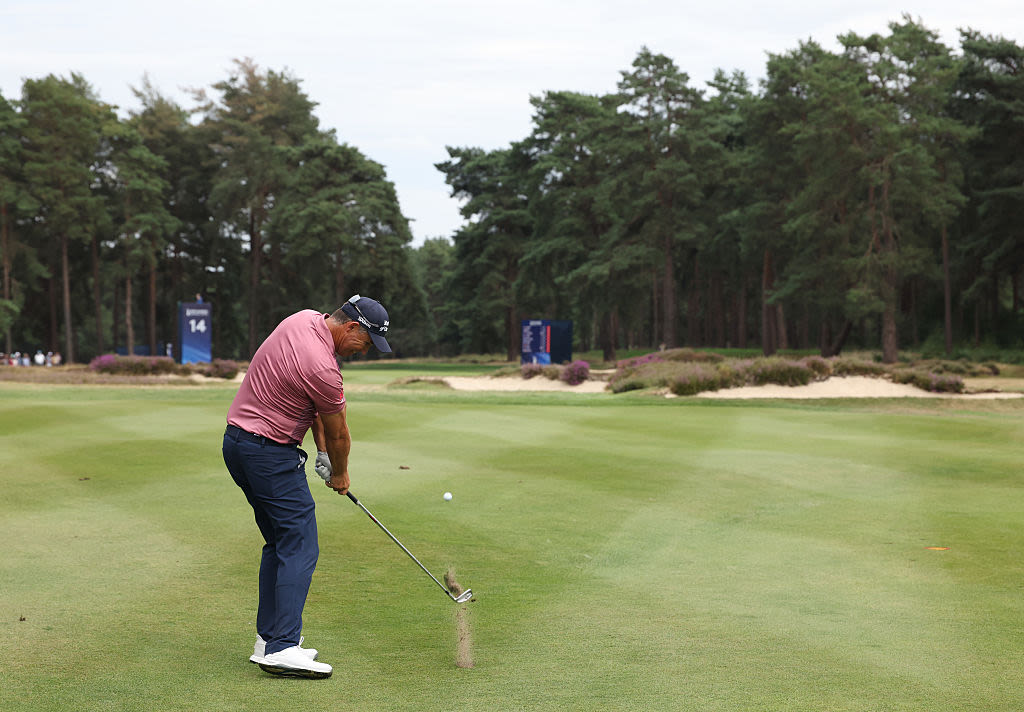
Why Chest Position Matters
- Keeping your head down can actually hurt your swing by creating tension
- A stable chest position maintains your spine angle through impact
- This ensures clean ball-first contact
- Stay down 6-8 inches past the ball before rotating up
My Take: I've seen the "keep your head down" advice ruin more swings than help them. When golfers focus on their head, they often lock up their entire upper body. Harrington's chest-down approach allows for natural rotation while maintaining the critical impact position that separates good players from great ones.
The "H" - Hold Your Finish for Consistency
"The better your finish, the better your consistency is going to be," and Harrington calls this the only universal golf tip that can't be overdone. He's spot-on.
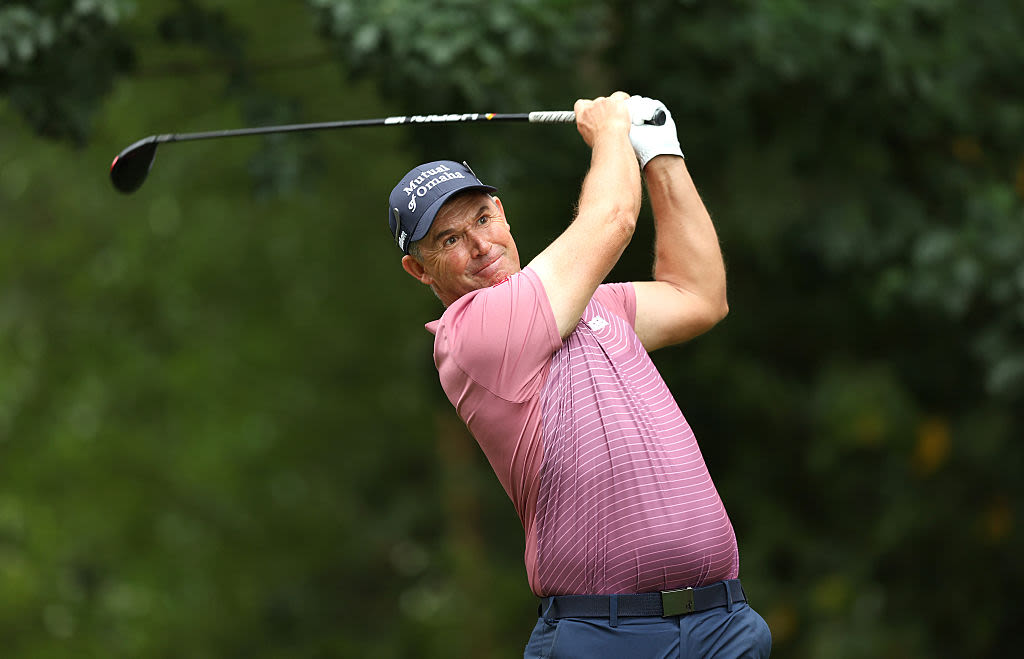
Why Finish Position Matters
- A balanced finish indicates proper weight transfer
- It forces you to swing through the ball, not at it
- Good finish positions are automatic when everything else works correctly
- Even a shorter finish is fine — balance is key
My Take: As Harrington notes, you don't need to finish like a tour pro with a full wrap-around. Simply post up on your left side (for right-handed golfers) and hold that position until the ball lands. This single focus will naturally improve your entire swing sequence.
The Foundation: Proper Grip
Before implementing SCH, Harrington emphasizes grip fundamentals, particularly the right-hand position: "Put your right hand on top like you're shaking hands with the club."
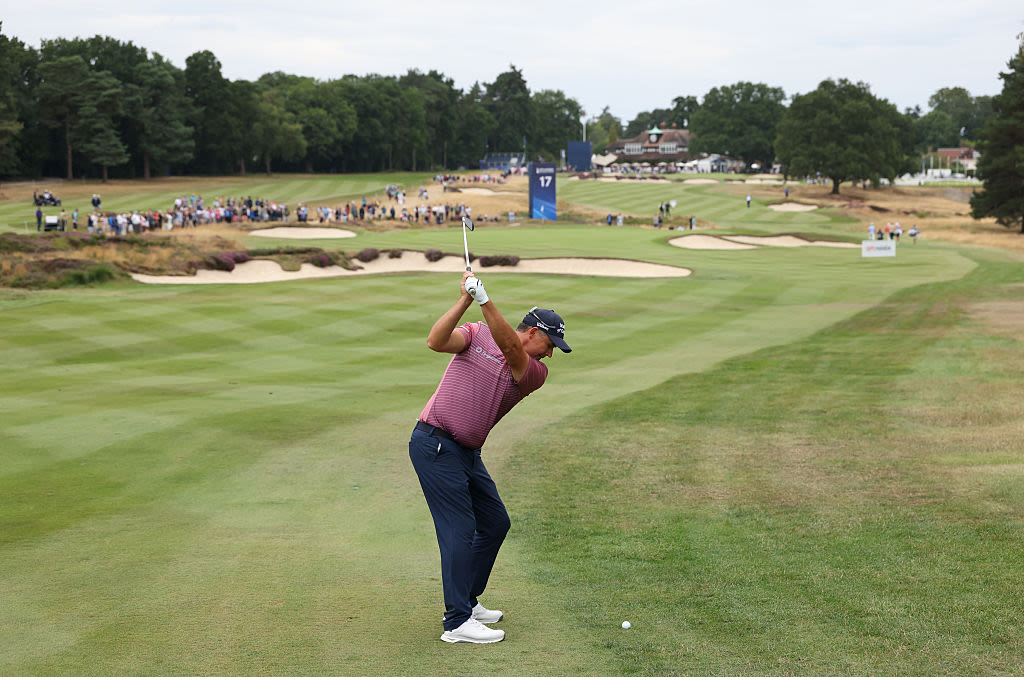
Grip Essentials
- The trail hand sits on top of the handle, not underneath
- Think "handshake" position with the club
- This prevents the common flip through impact
- Short-term adjustment for long-term improvement
Harrington's brilliance lies in his simplicity. These aren't complex mechanical thoughts—they're feel-based concepts that work under pressure. His recent success on the senior circuit proves these fundamentals remain effective at golf's highest levels.
Start with these three keys in practice, be patient with the process, and remember: as Harrington says, think of it as a three-month course, not a quick fix. The results will speak for themselves.
PGA of America Golf Professional Brendon Elliott is an award-winning coach and golf writer. Read his recent Monday Recap on RG.org and his stories on Athlon Sports. To stay updated on his latest work, sign up for his newsletter and visit OneMoreRollGolf.com.


